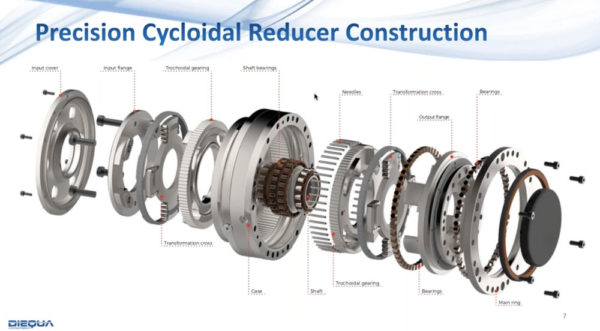DieQua
Whitepaper
Mechanical Design Creativity Enables Better Automation Solutions
DieQua Corporation
Read More
Whitepaper
Replacing Hydraulic Lifting Systems with Electro-Mechanical Screw Jacks
DieQua Corporation
Read More
Whitepaper
How Standard Gearboxes Can Be Modified for Food-Grade Applications
DieQua Corp.
Read More

 There is a widespread push to replace hydraulic systems with electo-mechanical screw jack systems and for a number of good reasons. The trend has already been under way in Europe for some years and now it is moving to North America. Engineers are being tasked to “design out” hydraulic systems and “design in” screw jack systems for their pushing, pulling, lifting and holding application needs.
There is a widespread push to replace hydraulic systems with electo-mechanical screw jack systems and for a number of good reasons. The trend has already been under way in Europe for some years and now it is moving to North America. Engineers are being tasked to “design out” hydraulic systems and “design in” screw jack systems for their pushing, pulling, lifting and holding application needs.




